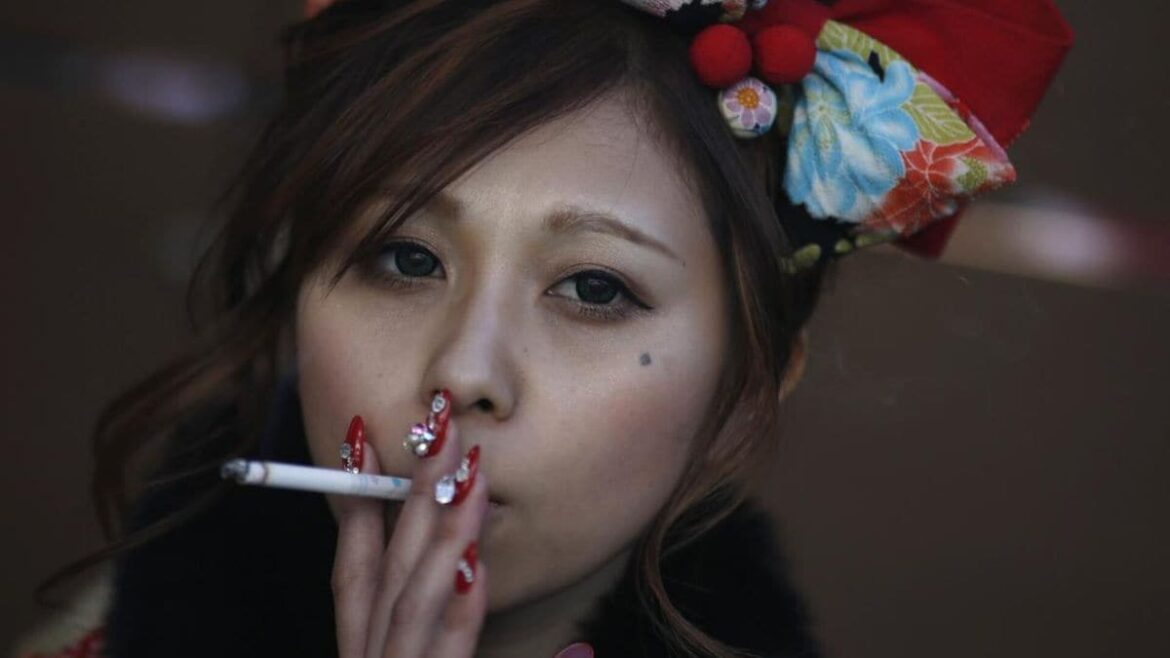Ahead of World Expo 2025, Osaka, the host and one of the biggest Japanese cities has completely banned smoking and vaping in all public places. Anyone caught violating the rule will face a fine of 1,000 yen (approximately Rs 560). While Japan has enforced several national measures to curb tobacco use, it still remains prevalent, with at least 16 per cent population still smokingread more
With the World Expo 2025 on the horizon, Osaka is taking bold steps to transform itself into a global tourist hotspot — not by planting flowers, but by banning cigarettes.
The
World Expo, which will welcome participants from around 160 countries and regions, is set to begin in April. And Osaka, the host city, is determined to ensure that visitors feel safe and comfortable in a smoke-free environment.
“We want to make Osaka a city where people feel safe with smoke-free streets,” said Mayor Hideyuki Yokoyama earlier this month.
Effective January 27, Osaka has enforced a sweeping ban on smoking and vaping in all public spaces, from roads and parks to plazas. Anyone caught violating the rule will face a fine of 1,000 yen (approximately Rs 560).
But what led to this decision? Here’s a closer look at the reasoning behind Osaka’s new policy.
Smoking in Japan
Japan has implemented strict laws when it comes use of tobacco.
The country’s national laws prohibit smoking in establishments such as restaurants, offices, and public transportation, with some cities implementing additional bans in public places, reinforcing the effort to reduce smoking in everyday life.
It has also implemented strict regulations regarding tobacco use among minors, with individuals under the age of 20 prohibited from smoking and purchasing tobacco products.
While the measures have proven somewhat effective, smoking still remains prevalent in Japan. According to the World Health Organization, the prevalence of tobacco use is at 16 per cent in 2022, down from 32 per cent in 2000.
A survey conducted by Japan’s Ministry of Health revealed that 14.8 per cent of adults still smoke, prompting the government to set a target of reducing the national smoking rate to 12 per cent. Image for Representation. Reuters
A survey conducted by Japan’s Ministry of Health revealed that 14.8 per cent of adults still smoke, prompting the government to set a target of reducing the national smoking rate to 12 per cent.
Despite these restrictions, tobacco remains a significant source of revenue for the government. Japan’s central and local authorities collect approximately two trillion yen annually in cigarette tax revenue. Additionally, the national government holds a one-third stake in Japan Tobacco, the world’s third-largest tobacco company.
What is Osaka planning?
Osaka officials say the citywide smoking ban aims to create a safer, cleaner, and more welcoming environment for both residents and tourists.
By expanding smoke-free zones across the city, Osaka hopes to enhance its urban landscape. In an official statement, authorities emphasised that the initiative is designed not only to beautify the city but also to ensure a “safe, secure, and comfortable” atmosphere.
Osaka has already spent 164.7 billion yen ($1.16 billion) on preparations for the six-month-long event, which includes major infrastructure upgrades. Image for Representation. Reuters
To ease the transition, the local government has created a map marking designated smoking areas. Officials initially planned to have over 140 smoking stations ready by the time the revised ordinance takes effect.
However, Mayor Hideyuki Yokoyama has since announced that this number is expected to rise to 300, with new stations being built and existing ones renovated before the Expo opens.
“We will strengthen awareness and guidance systems while actively sharing relevant information to promote improvement of the environment suitable for an international tourist city,” Yokoyama said.
Osaka has already spent 164.7 billion yen ($1.16 billion) on preparations for the six-month-long event, which includes major infrastructure upgrades.
Similar measures were introduced in Tokyo ahead of the 2020 Olympics, with many of those restrictions still in place today.
Public figures have also faced backlash for breaking smoking laws. One of the most notable cases involved Shoko Miyata, captain of Japan’s women’s gymnastics team. She withdrew from the Paris Olympics last year after admitting to smoking and drinking at the age of 19.
With the upcoming Expo, Osaka is taking a firm stand against smoking, reinforcing its commitment to a cleaner and healthier city.
With input from agencies


AloJapan.com